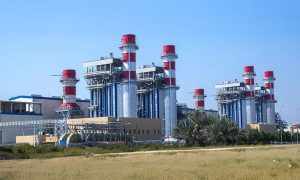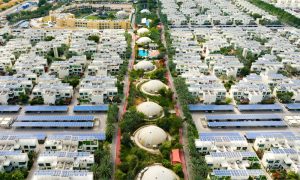Arabian Centres outlines Saudi mall expansion plans
Mall of Riyadh is scheduled to open in 2018

The retail giant Arabian Centres has outlined plans for its previously announced development of 12 shopping malls in Saudi Arabia.
Simon Wilcock, chief executive of Saudi Arabia’s largest owner and operator of shopping malls, said the planned malls will range in size from 45,000 sqm to 165,000 sqm, and be built in cities including Riyadh and Dhahran.
The expansion plan includes Mall of Arabia Riyadh, which is due to open in 2018. It will house 336 retail stores with 163,000 square metres of gross leasable area (GLA).
The site of the mall will cover an area of 259,382 square metres and include a five star hotel, landscaped gardens and water features.
“Upon delivery, these 12 malls will offer an additional GLA of nearly one million sqm over the next five years. All include entertainment or leisure offerings, an added draw for shoppers and a means of bolstering dwell time and spill over revenues across the mall,” says Wilcock.
In terms of tackling the impending slowdown this year, Wilcock says that Saudi Arabia will remain largely unaffected, as long as the youth continue to drive sales.
“The drop in oil price has had no impact on the discretionary spending. The cornerstone of its appeal is the kingdom’s large, young population, whose purchasing power is largely unaffected by global volatility and swings in tourism.
“The market is not subject to some of the trends that we witness in international markets and elsewhere in the region. For instance, KSA is not subject to the vagaries of tourism and profound changes in economic climate,” says Wilcock.
Around two-thirds of the 30 million residents of Saudi Arabia are under the age of 30.
Forecasts expect the population to grow by 1.6% annually to reach 40 million by 2050. The two largest cities, Riyadh and Jeddah, are projected to grow to 7 million and 5 million respectively by 2030.

























